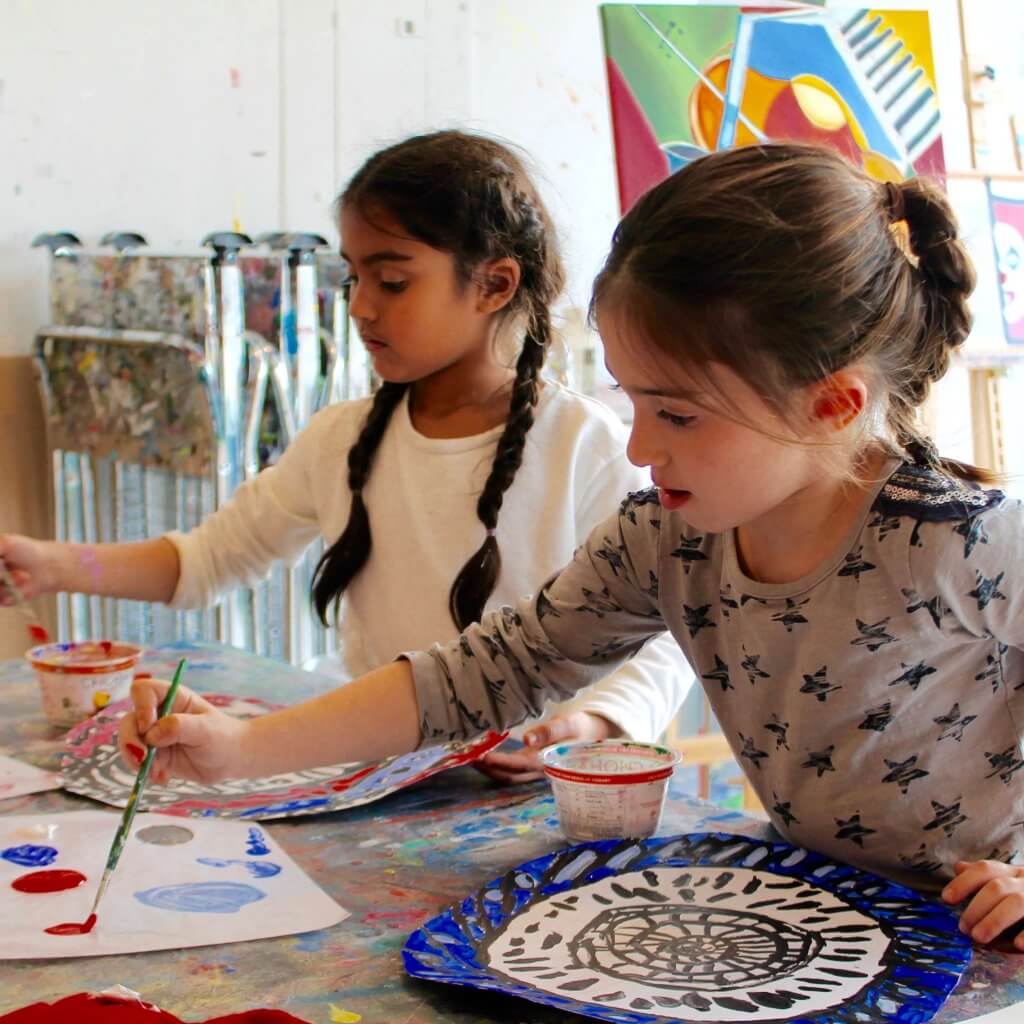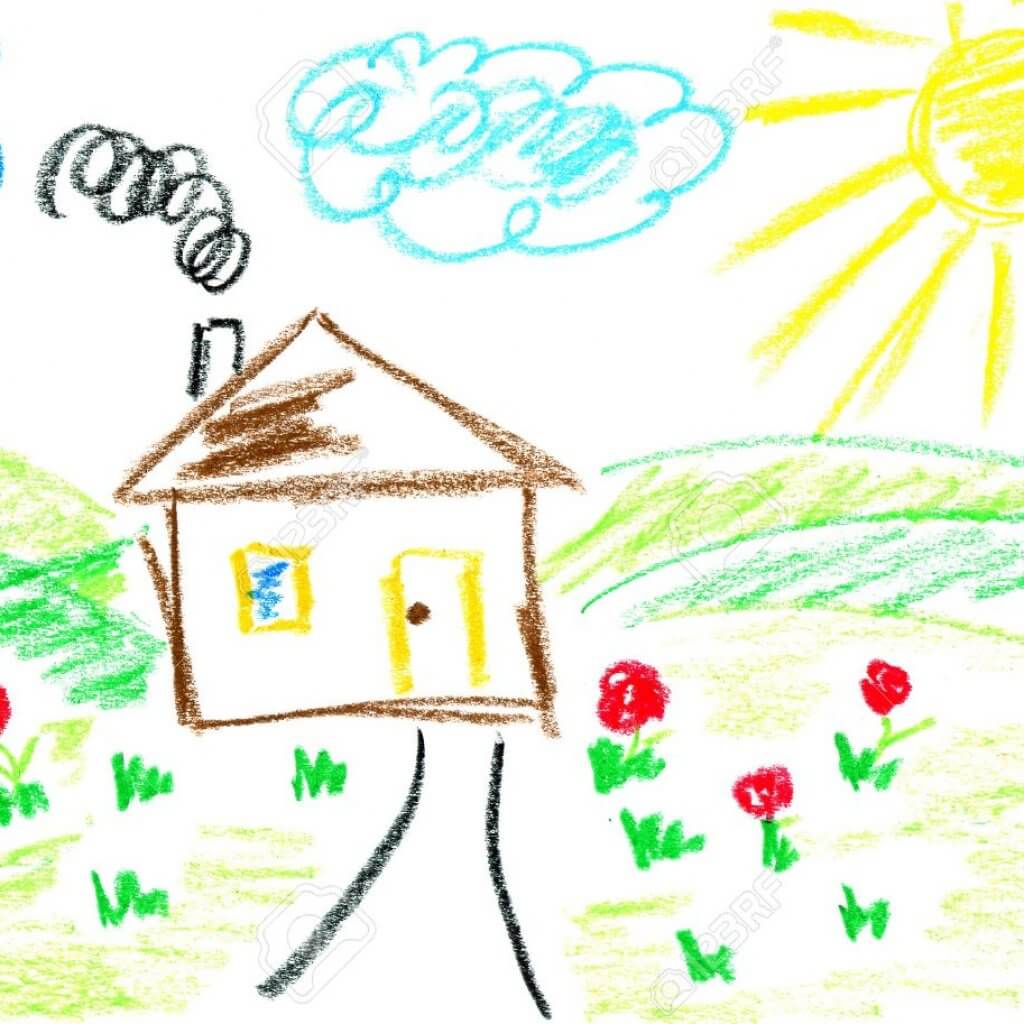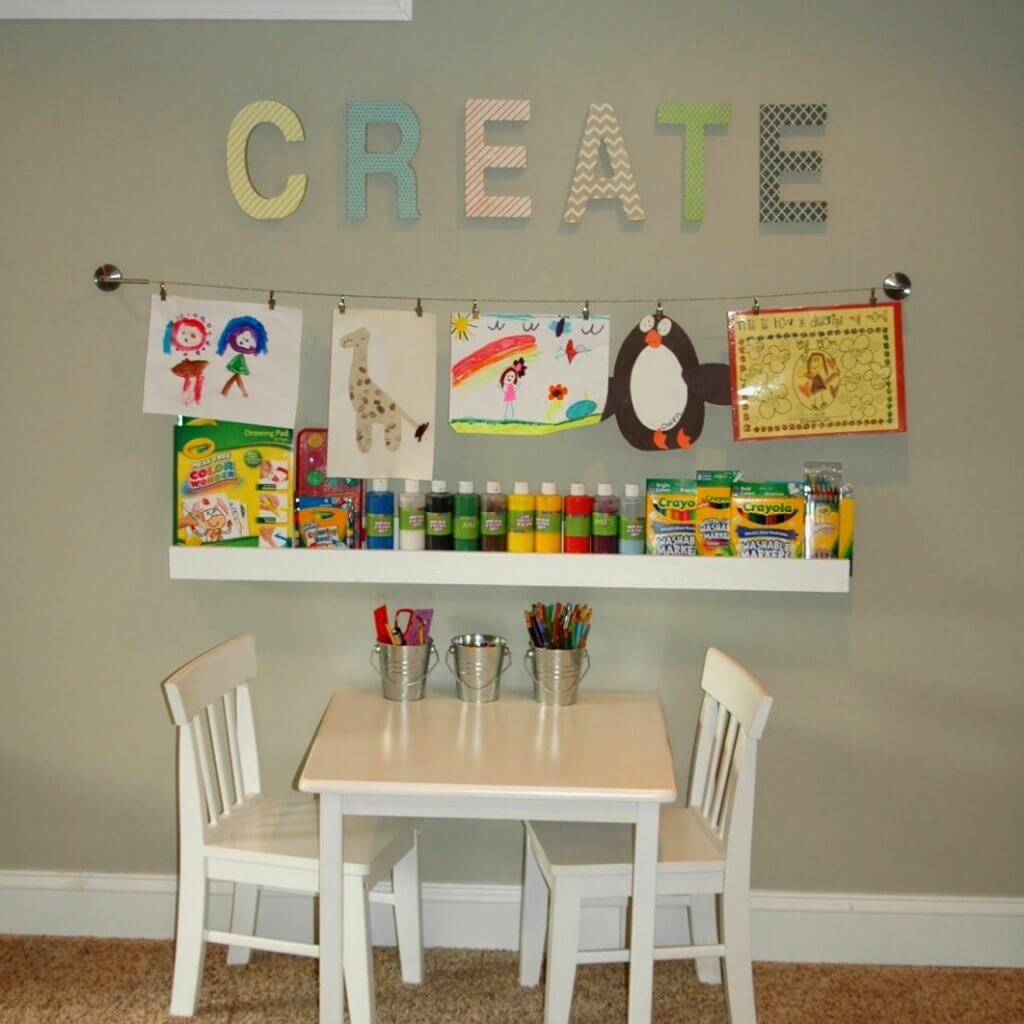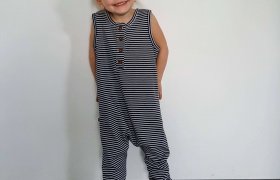Encouraging Childrens Artistic Abilities

All Children Initially Love Art
One thing that most children have in common is that sooner or later they are going to develop a love for drawing and coloring. My own fridge is covered with stick figure families, crude animals, and sunny day settings that my youngest son has recently done.
Before his artwork graced some degree of nearly every surface in our home, his older brother’s adolescent masterpieces did the same. Many will be kept for posterity; from school holiday creations to that one time he did very well at staying in between the lines while coloring at our kitchen table at home. Some of the work even shows great promise in its creativity and careful execution, for a child.
It would be a simple thing to claim that our boys inherited their artistic talents from mom and dad. After all, both of us can remember a time when we loved to sketch, color, paint, and mold. Truth be told however, I bet most of us parents can recall a time in our own lives when the greatest thing that we could imagine was a large box of crayons or colored pencils and some blank paper. At one point or another it’s likely that we all loved to transpose what we could see in our minds, (but maybe not articulate with our limited vocabulary), with visual depictions of the world around us.
Over time though, left uncultivated or unencouraged, many of us put the vibrant colors and blank sketchbooks full of untapped promise away, never to return to them until perhaps our own children pick them up in our stead. Now, in the never ending pursuit of ensuring that our children reach the full potential that we failed to achieve, we want to make sure that we encourage and inspire our little ones in the arts.
But how…
How do we do that without coming across as oppressive and demanding? The good news is that there are a number of ways for us to allow our children to pursue art in its many forms and facets and still provide direction and structure. Such as……..

Learn the Language
Children can produce a large quantity of “masterpieces” in a very short amount of time. It can be hard to constantly stop what you are doing and go into detail for every stick figure family and little house with a curl of smoke coming from the chimney.
So it pays to maximize the impact of what you should be saying, even if you are only spending a little bit of time saying it. Ask anyone for advice in developing children in the arts and one of their top answers is bound to be “encourage them”.
It’s solid advice for sure, but very vague in terms of scope. The real trick is to speak the language of encouragement. Go into detail about their art works. Do you like that little curl of smoke coming from the chimney? Why? Tell them that it makes you picture a wonderful family inside sitting by the fire, all snug and cozy.

Are the trees lush and full of greenery? Tell them that it reminds of you a sunny summer day far from the hassle and homework of the school year. By showing them how the details that you point out help to articulate the art they have made, you will encourage them to focus on these little details more and more.
Another way that we encourage our young artists is to ask them questions about their work. It is best to avoid questions such as “what exactly is that?” as that can create frustration and discouragement. But rather, ask them about why they put a certain thing in the picture or painting. This reinforces the idea that their art reflects and represents the things they see, love, and notice in the world around them. Soon they will attempt to incorporate more and more into their work, adding detail and description.
Explore the Arts
The next time you see a sculptor or photographer, ask them where they got their start in the arts. I’m willing to bet that most of them will say that it began with finger paints and crayons as a very young child. Somewhere along the way their love of art endured a metamorphosis and what emerged was, to them, a more complete form of expression.
Art takes on many shapes and forms, and to the artists what they all have in common is their effectiveness for displaying what they feel from within. Children are no different. What one child can say with water colors, another child can say with equal effectiveness using clay or even photography. By exposing your young ones to a variety of artistic pursuits, you increase the chances that they find one that they will stick with for years to come.
It’s important not to show a preference for one over another however, because children often choose the types of things that they think will make their parents most happy. Yes my fridge is covered with incredibly crude depictions of my family, and yes a cheap camera with a memory stick would be a little tidier, but all of art is a very personal endeavor, and I want my kids to pursue what they feel inside themselves to best reflect their personality.
They may even find that a variety or combination of artistic methods suits them best. If that’s the case, support and encourage each in their own ways and for their own merits.
Encourage Them to Create Stories for their Art

Much like questions that seek detail about your children’s art pieces, asking them to create stories about their art will connect the dots between picture and expression.
A large dynamic of developing artistic and creative skill is the ability to look beyond a single piece of work and see the whole story, or “big picture”, as it were. Have your children draw a picture and then tell or write a story based solely on the picture. As time goes by, I’m willing to bet that the pictures will increase in their creativity as they try more and more to create the story with the picture, rather than vice versa.
This is also a great way to introduce some diversity into their vocabulary. Teach them descriptive words and their synonyms and you will see a growth in their creativity. Art and stories are 2 sides of the same coin, cultivating one will often increase the effectiveness of the other.
In the end that’s what we want as parents, children that are able to express themselves effectively and in healthy ways.
Create a Space

In many houses with children it is not uncommon to find a dining room table, coffee table, or even the middle of the living room floor converted into an ad hoc art room.
Colored pencils, crayons, water colors, sketch books, and on and on the list of supplies scattered around goes. Eventually though, sooner or later we parents have to reclaim our lost precious living space and revert it back to its intended use, and so we stuff and shove our kids art supplies into bins, baskets, and drawers until the next time.
Instead, set aside a creative space for your children to enjoy practicing their art. Areas of the house near windows with views or quiet corners with few distractions will allow their young minds to engross themselves in their creative talents. As a bonus, aside from some tidying up now and then, you won’t have to constantly pack up their materials.
Decorate their space with inspiring and creative things. Vibrant colors, pictures of distant sceneries, and whimsical characters are sure to get their creative side going and offer inspiration for their work. As a bonus, these creative spaces make great places to display your child’s works in a variety of ways.
To save money, keep your eyes peeled at garage sales or flea markets and find great deals on desks, chairs, binds, easels, and more.
Hit the Road

Few things can inspire an artist like a change of scenery. Pack up your child’s art supplies the next time that you take a family trip, field trip, or just head out for the day.
Encourage them to draw or paint what they see, remember, or find interesting. You can inspire them to mimic what they see around them, or even alter the reality that they see and create their own settings and characters. The added benefit to this is that your child will be making keepsakes of your travels and trips that will help both you and them remember these adventures far into the future.
Don’t feel like hauling crayons or paints wherever you go? You can easily find a variety of drawing tablets such as Magna Doodle Magnetic Drawing Board for Kids and similar products. These types of art tools let your child bring their art on the road with them wherever they go without having to pack and unpack a large assortment of art materials.
These tools can even bring a little bit of art to the grocery store trips or long visits in the dentists waiting room!
Get in on the Fun
When is the last time you tried to stay between the lines or get the shading of a wavy palm tree just right? Our children love to do things with us. When we participate with them in the things that they enjoy, it reaffirms their enthusiasm.
Feel free to pick up some crayons and draw your own pictures and then describe them in the same ways that you want them to describe their own. Seeing you enjoy making art pieces validates their feelings and behavior, and it’s a great way to spend quality time together. My own art is probably pretty close to on par with that of my 5 year old, but what they see is me expressing myself and describing the world around me.
Take Pride…..
That’s the beautiful thing about art, there is no “wrong” way. None of us are bad artists really, because art is unique to the individual. Whenever my child gets discouraged with a piece of work I remind them that I’m not very good but I still enjoy doing it and that my pieces of art are very special and important to me.
When they see me taking pride in what I create it shows them that no matter how close to their mind’s eye their work ends up being, it is still special and unique for its own qualities.
One of best things that we as parents can do for our children is be encouraging of their safe and healthy interests. What usually starts from humble beginnings can often grow into livelong endeavors.

It doesn’t mean that you are expecting your child to grow up to be the next Rembrandt or Dali, it means that you are fostering and nurturing the idea that they are capable of creating wonderful things, and that each of us express ourselves in ways that are unique and great. As long as your guiding principal is that of supportive love, your child will feel free to allow art to take them wherever it leads them.
Art is often one of the first methods that we express ourselves, often even before we can talk. One of the hardest parts about being a child is not being able to express yourself. Through art your child may discover ways to put emotions into words, pictures, or sounds. Bridging the gap between emotion and expression is vital to healthy development for kids.
Your role as a parent is to encourage your child to seek out and cultivate these methods. Everything from better behavior, decreased anxiety, increased focus and attention, and overall mental health is achievable through art for your child. So the next time your little one brings you a doodle of a little house with its little wisp of smoke coming from the crooked brick chimney, see the work not only for all that is it, but everything that it represents and the potential it holds.







